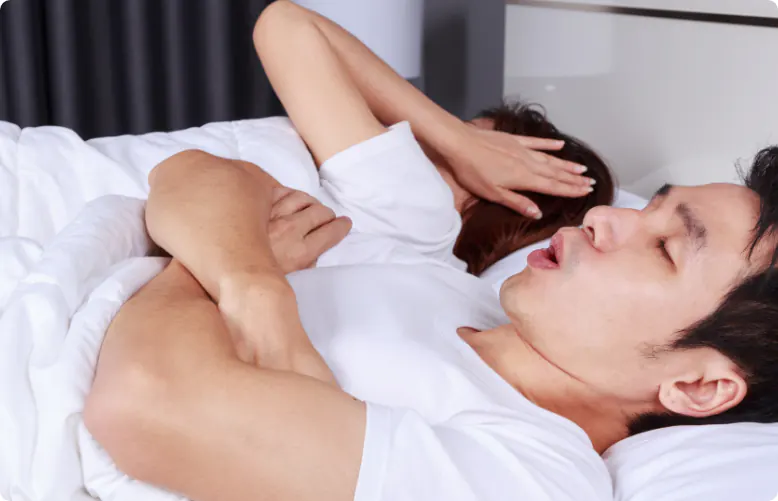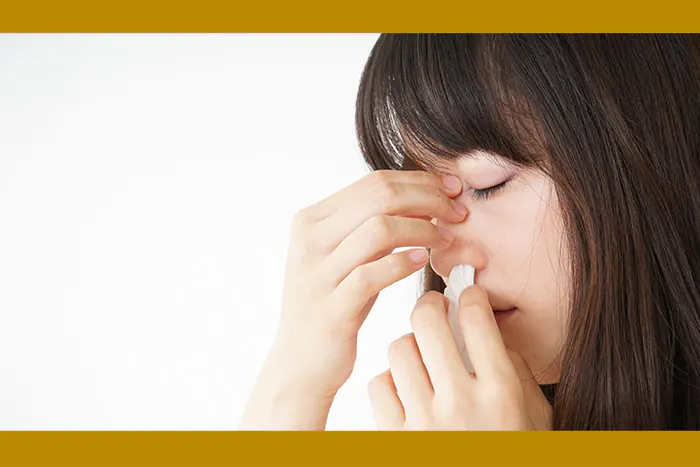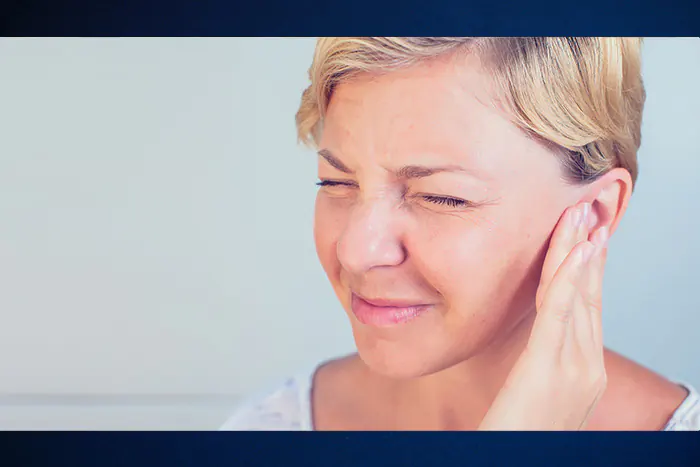sleep apnea symptoms, sleep apnea test, sleep apnea treatments
Sleep apnea, obstructive sleep apnea
It is estimated that more than 100,000 people in Hong Kong suffer from sleep apnea, of which 90% are obstructive sleep apnea. When someone afflicted with obstructive sleep apnea falls asleep, the soft tissue around their throat relaxes, blocking the upper airway and causes suffocation.
Self assessment
Should you have suspicions of sleep apnea, you can perform the following self-assessment.
BMI:
BMI can be used to identify obesity, which is a symptom of sleep apnea.-
STOP: Four simple questions to help you assess the situation
S: Snoring
Do you have loud snoring?
T: Tiredness
Do you often feel fatigued during the day and dozes off?
O: Observed
Have you been observed to stop breathing during your sleep?
P: Pressure
Are you afflicted with or have been treated for high blood pressure?
If you answered 'yes' to two or more questions, you are at risk of sleep apnea, and should seek medical advices.

Sleep Apnea Test
To properly diagnose obstructive sleep apnea, sleep studies must be performed. Data are collected during the patient’s sleep, and are analyzed by specialists.
Sleep Polysomnography
This test surveys the patient’s physiological data during sleep, including brain states (electroencephalogram, EEG), eye activity (electro-oculogram EOG), jaw muscle activity (chin electromyography EMG), nasal breathing airflow, thorax activity, oxygenation levels, heart rate (ECG) and leg activity (EMG). This test is conducted by certified technicians in a hospital and can be considered the gold standard for sleep apnea diagnosis.
-
Low level surveillance test
This simple test can be performed at the comfort of your home. Similar to sleep polysomnography, this test surveys the patient’s physiological data during sleep, albeit only their breathing and oxygenation levels. As such, the low level surveillance test is not sufficient to assess the patient’s sleep performance.
-
Other Sleep Apnea Tests
-
Oxygenation: Surveys your blood oxygenation levels.
-
Sleep Diaries: A record of the patient’s sleeping habits (sleeping hours and deepness)
-
Blood Tests: Blood tests have no relevancy to sleep apnea.
-
Non-Surgical Treatment
Non-surgical treatments for obstructive sleep apnea include:
-
Weight loss
-
Positive Air Pressure Sleep Ventilator (PAP): A sleeping mask which assists the user’s breaths by pumping compressed air through a breathing tube. The PAP is the most common and successful non-surgical treatment.
-
Dental braces: A dental brace is used to fix the lower jaw and prevents obstruction to the airway.
-
Postural therapy: Reduces obstruction to the airway by fixing the patient’s sleeping posture.
-
Breathing Mask: Forced breathing via a breathing mask or tube.
-
Medication: Medication has no relevancy to sleep apnea.
Surgical Treatment
-
Uvulopalatopharyngoplasty (UPPP)
Enlarges the airway by amputating tissue of the throat wall, the soft palate and the velopal palate.
-
Maxillomandibular advancement (MMA)
Enlarges the airway by rearrangement of the upper and lower jaw bones.
-
Tracheostomy
A bypass is created in the trachea just below the larynx, providing an alternate airway for breathing.
-
Septoplasty
-
Inferior turbinates reduction
-
Tonsillectomy
-
Genioplasty

